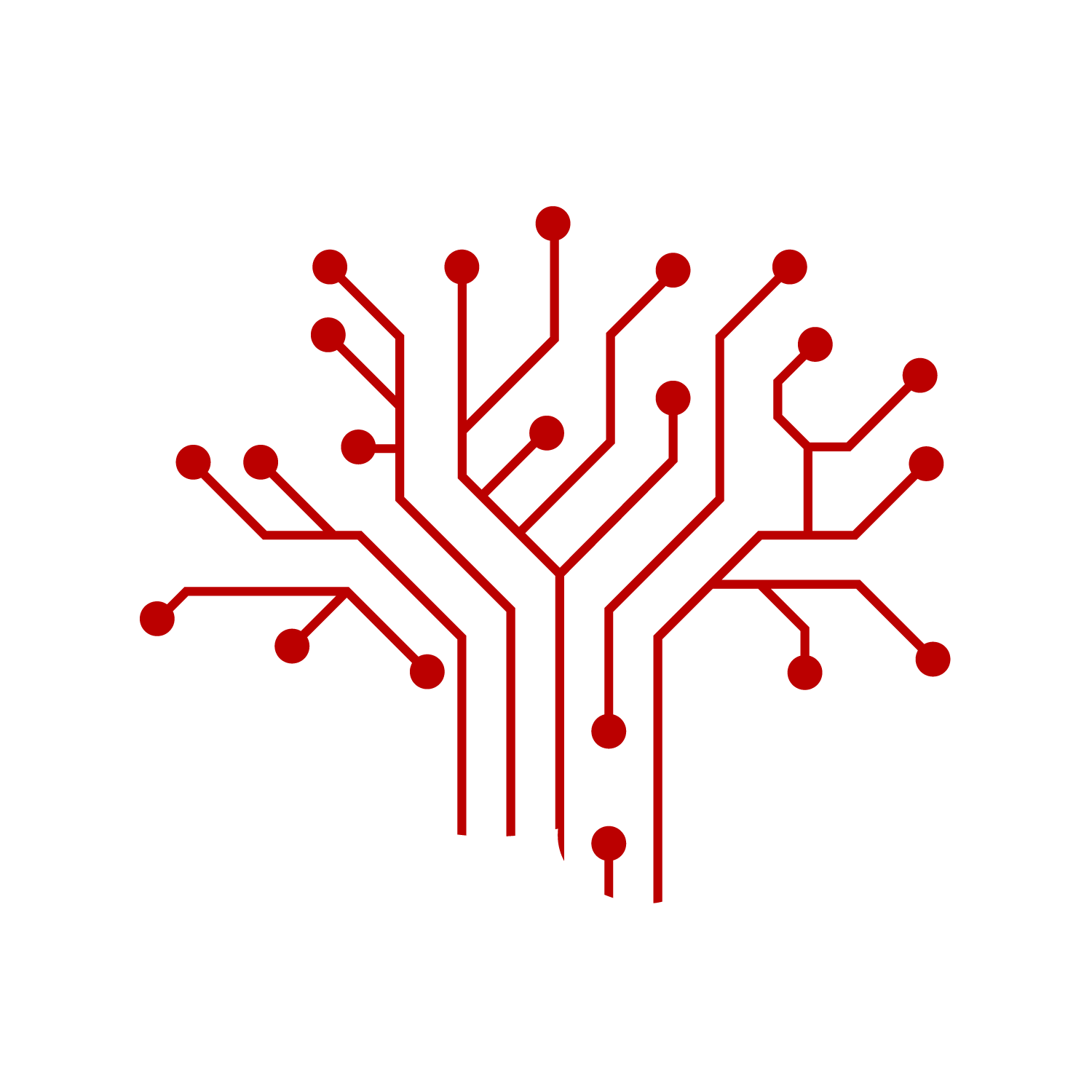Memory Storage and Synaptic Plasticity Can Occur Without an Engram in the Sensory Cortex
Carnegie Mellon neuroscientists show that the somatosensory cortex does not store memories in neural ensembles
Memories may not be stored in the brain’s somatosensory cortex in the same way they are stored in other areas of the brain according to a study published by Carnegie Mellon University neuroscientists in the Proceedings of the National Academy of Sciences.
Some 70 years ago while performing surgery on patients with intractable epilepsy, neurosurgeon Wilder Penfield found that memories could be elicited by stimulating specific areas of the brain, indicating that memories were stored in discrete ensembles of neurons. Fast-forward 50 years where neuroscience researchers created transgenic mouse models that allowed them to find and track activated neurons using activity-dependent gene expression in living cells.
“Neuroscientists believe that neural activity is an indicator that a neuron is involved in a memory, a percept or a behavior,” said Alison Barth, the Maxwell H. and Gloria C. Connan Professor of Biological Sciences and member of the Carnegie Mellon University Neuroscience Institute.
Barth is a pioneer in creating these transgenic mouse models. Twenty years ago, she developed a model that expresses green fluorescent protein under the control of the activity-dependent promoter c-Fos, which allows researchers to image neurons, analyze their properties and monitor them. Barth’s work spawned a generation of more than a dozen different transgenic models that use different colors and labels to allow researchers to track neural activity related to gene expression over time.
“People were really excited about this approach. If memories are stored in neuronal ensembles, how are we going to find them among the billions of neurons in the brain? Where should we look?’” said Barth.
The transgenic mouse models proved useful because they could label a tiny subset of neurons in the brain. Researchers have used these models to identify neural ensembles in the hippocampus, the area of the brain responsible for short-term episodic memory, and the amygdala, the area of the brain responsible for fear.
Many assumed that the same would be true for the somatosensory cortex, the area of the brain that processes things like touch, pressure and temperature and plays an important role in many forms of learning. Barth has studied the somatosensory cortex for most of her career and had been waiting to test the theory using her model.
“This experiment was a tour-de-force from Carnegie Mellon postdoc Jiseok Lee. It was one we have been waiting to do for 20 years,” said Barth.
In their experiment, mice learned that a gentle puff of air to the whiskers would lead to a reward. Lee and her colleagues trained the mice each day and imaged their brains to monitor how new neural ensembles developed in the sensory cortex as the mice learned the task. Although the mice rapidly mastered the task, surprisingly the investigators didn’t find evidence for any new neural ensembles that were associated with learning.
“We looked at the number of neurons, the fluorescence intensity of activated neurons … we even measured a synapse that we know is changed during learning and found no evidence that it was localized to any neural ensemble in the sensory cortex during learning,” said Barth. “This really challenges many notions about how synaptic plasticity is related to a long-term consolidation of an experience.”
Barth noted that often researchers don’t publish negative results. When an experiment doesn’t work, they move on to the next question. She argues that it is critical to publish these results. Many in the scientific community expected, and maybe took for granted, that memories can be directly linked to new neural ensembles visualized by activity-dependent gene expression throughout the brain.
“We’ve been wrong about where we think that memory is stored and how synaptic plasticity relates to the construction of a memory engram,” said Barth. “It’s one of the great things about doing experiments — things that seem reasonable aren’t always true.”
The next steps for this research are to find out where and/or how memories related to neural activity in the somatosensory cortex are stored if they’re not stored in local ensembles. Barth and colleagues are also fascinated by what activity-dependent gene expression in the somatosensory cortex indicates, if it isn’t memory.
Additional study authors include: Joanna Urban-Ciecko of the Nencki Institute in Warsaw, Poland; Eunsol Park and Mo Zhu of Carnegie Mellon; Stephanie Myal of the University of Pittsburgh; and David J. Margolis at Rutgers University. The study was supported by the McKnight Foundation and the National Institutes of Health.

